Teeth Braces Services at Keridam
Teeth Braces Clinic in Nairobi
Do misaligned teeth hold you back from showing off your brightest smile?

Why Choose US
Latest News from Keridam Dental
Access all dental related articles to sharpen your orthodontic braces
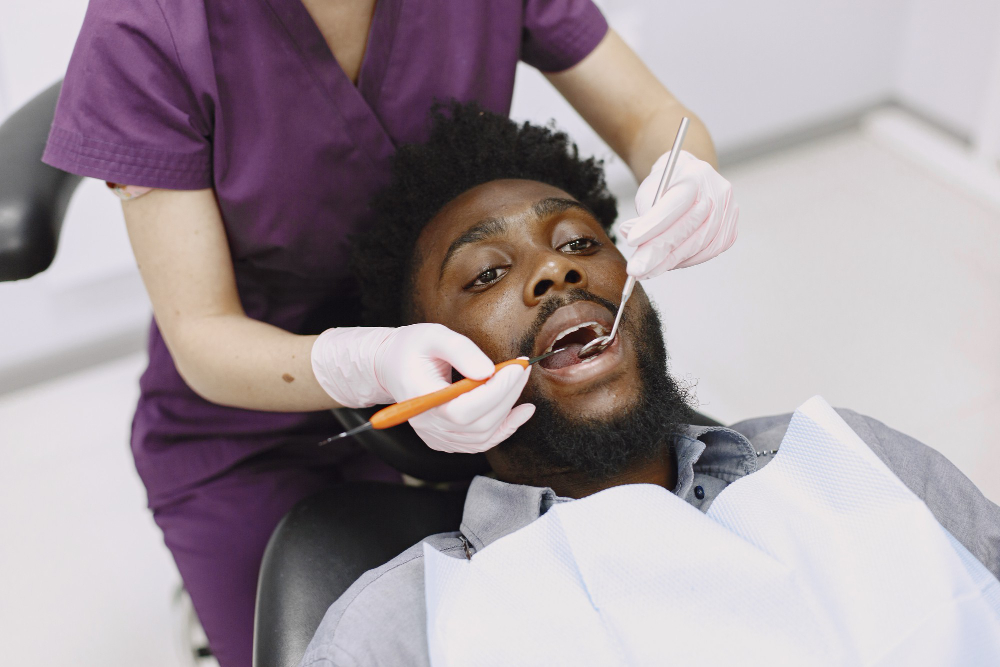
Regular Check up
Why regular exams and cleanings are crucial for maintaining a healthy smile.

Brushing & Flossing Basics
A refresher on proper brushing and flossing techniques for optimal oral hygiene.
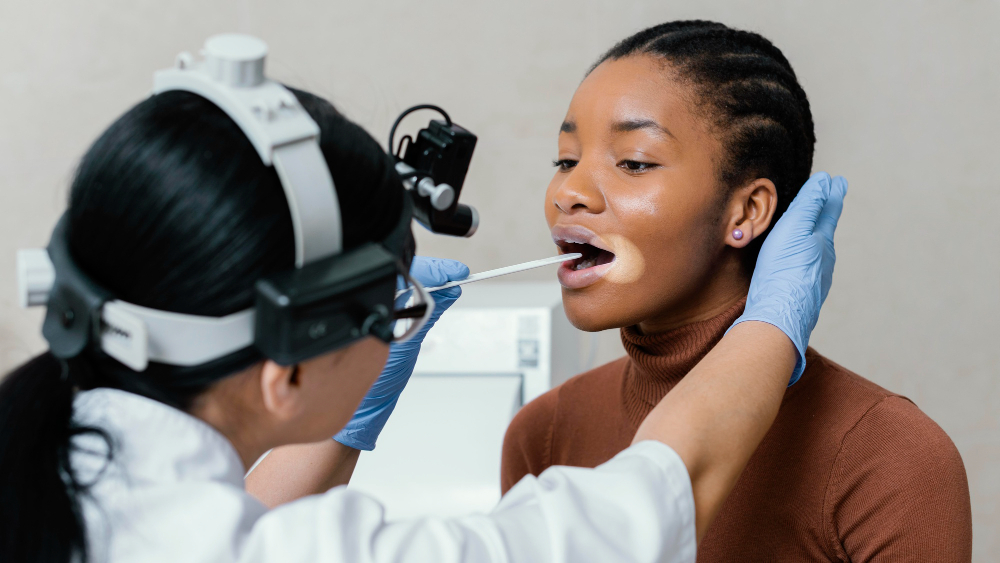
Diet & Oral Health
Exploring the link between diet and dental health, with tips for a smile-friendly diet.
Keridam Dental Clinic
Choose Teeth Braces Services
Schedule a free consultation at Keridam Dental Clinic today! We’ll discuss your orthodontic goals and create a personalized treatment plan to achieve a straighter, healthier smile. Don’t wait – take the first step towards a more confident you!
Why choose Teeth Braces
Braces are the most effective way to correct a wide range of orthodontic issues, including:
Crowded Teeth
Braces gently reposition crowded teeth for a beautiful, aligned smile.
Gapped Teeth
Braces close unsightly gaps for a more balanced and aesthetically pleasing smile.
Overbites & Underbites
Braces correct bite problems, improving chewing function and preventing future dental issues.
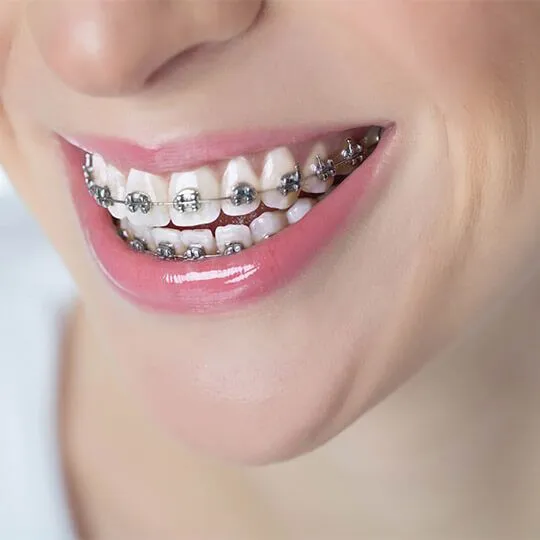
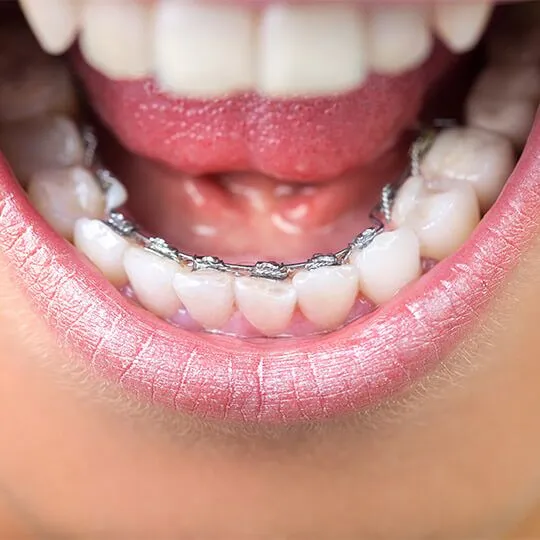

Investing in Braces is an Investment in Your Future

Straight teeth aren’t just about aesthetics. Braces can:
- Improve Oral Health: Properly aligned teeth are easier to clean, reducing the risk of cavities and gum disease.
- Enhance Speech: Corrected bite issues can improve speech clarity.
- Boost Chewing Function: Properly aligned teeth allow for optimal chewing, aiding in digestion.
trust us
Available Types of Braces at Keridam Dental
Metal braces are visible when you smile. You can choose clear or tooth-colored ligatures to make your braces less noticeable. Or, if you’re feeling festive, you can choose brightly colored ligatures.
The key difference is that the brackets, wires and ligatures are tooth-colored, so they blend in with your smile. Ceramic braces are still visible, but they’re less noticeable. One drawback to ceramic braces is that they’re more fragile than metal braces, so they’re more likely to break.
Sometimes called “invisible braces,” clear aligners are a braces alternative. Instead of brackets and wires, clear aligners use a series of custom-made trays to straighten your teeth over time.
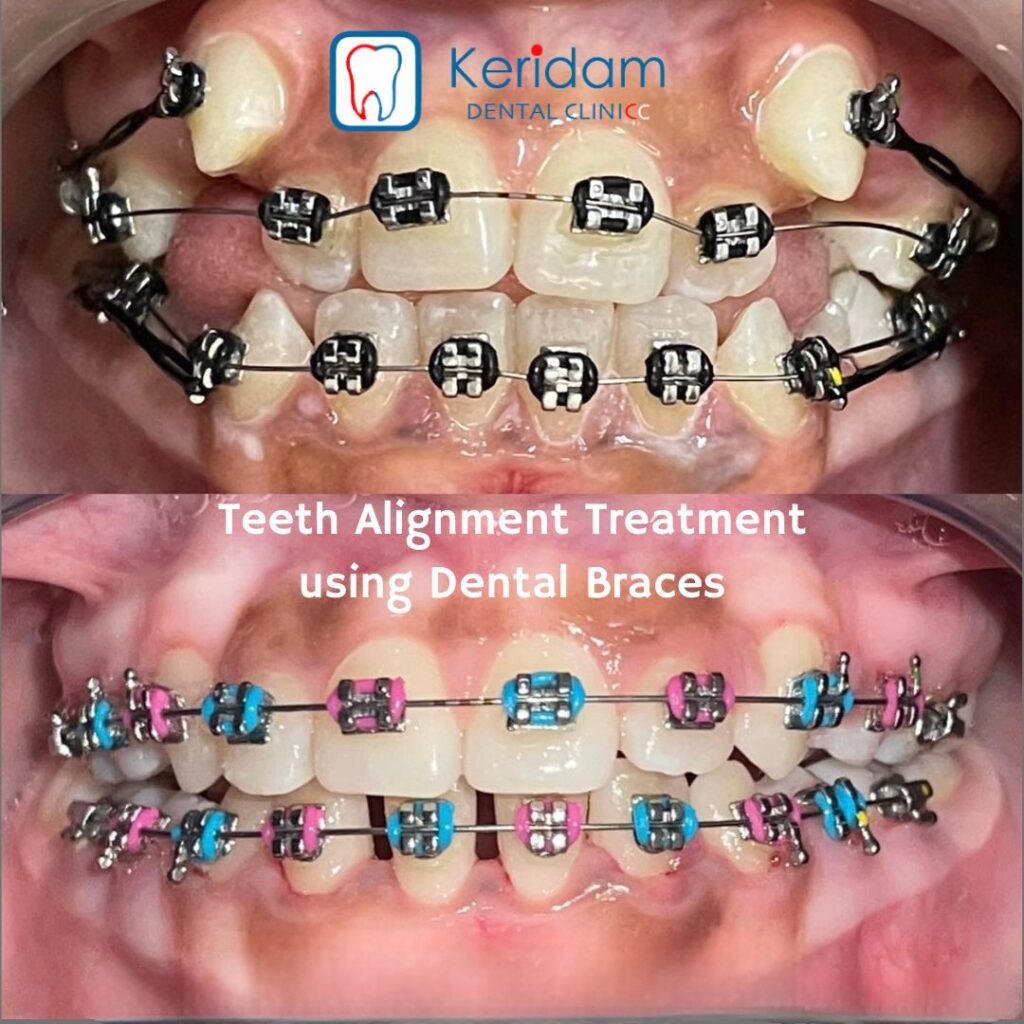
Subscribe to Our Newsletter

